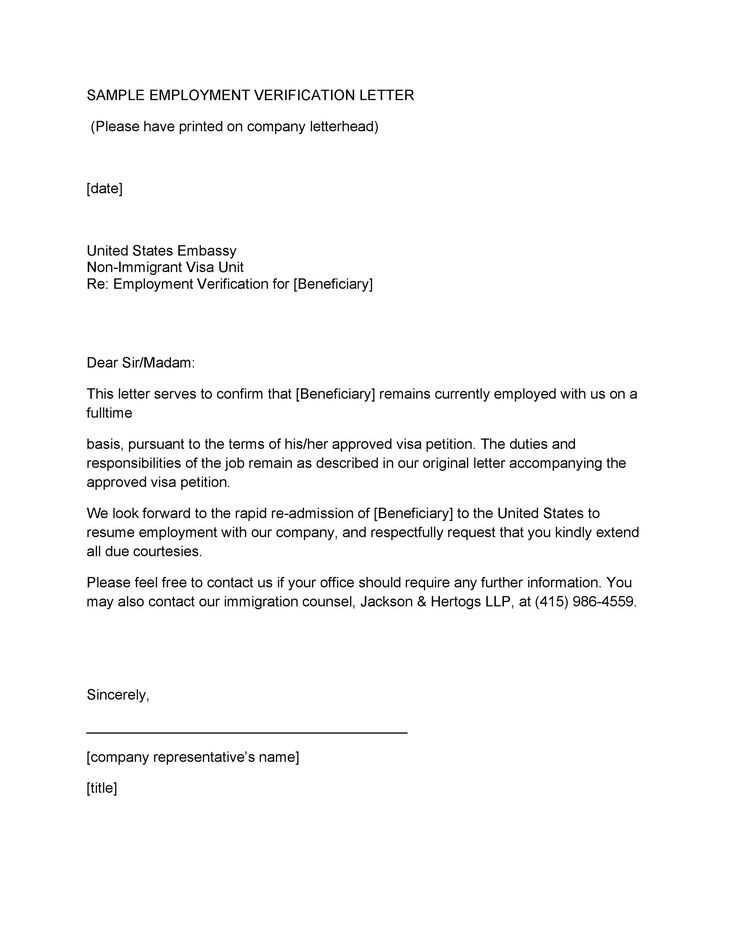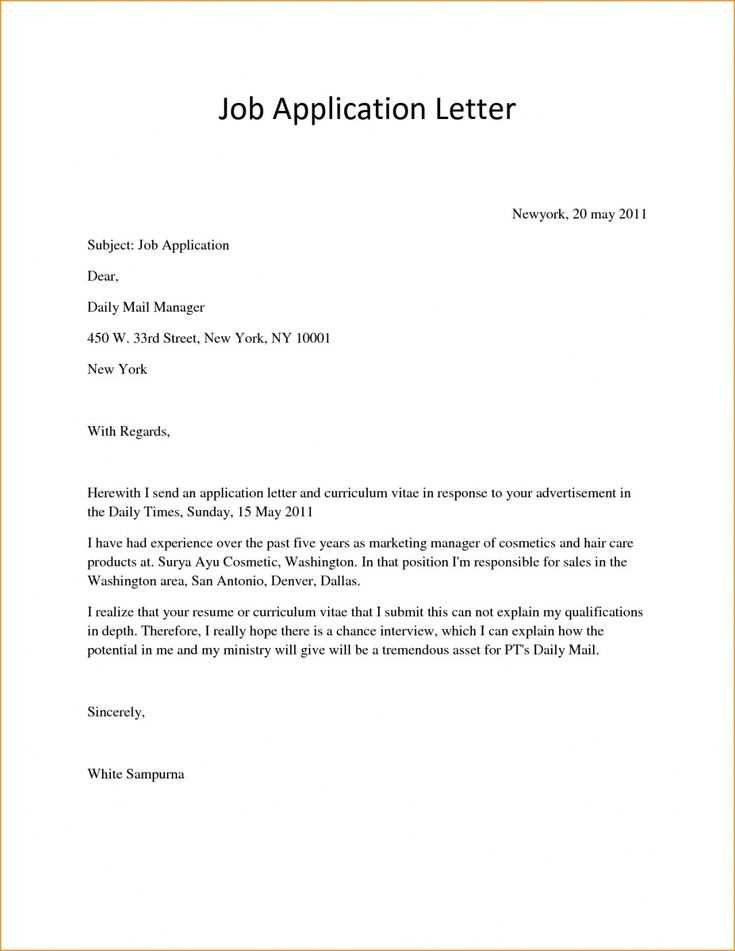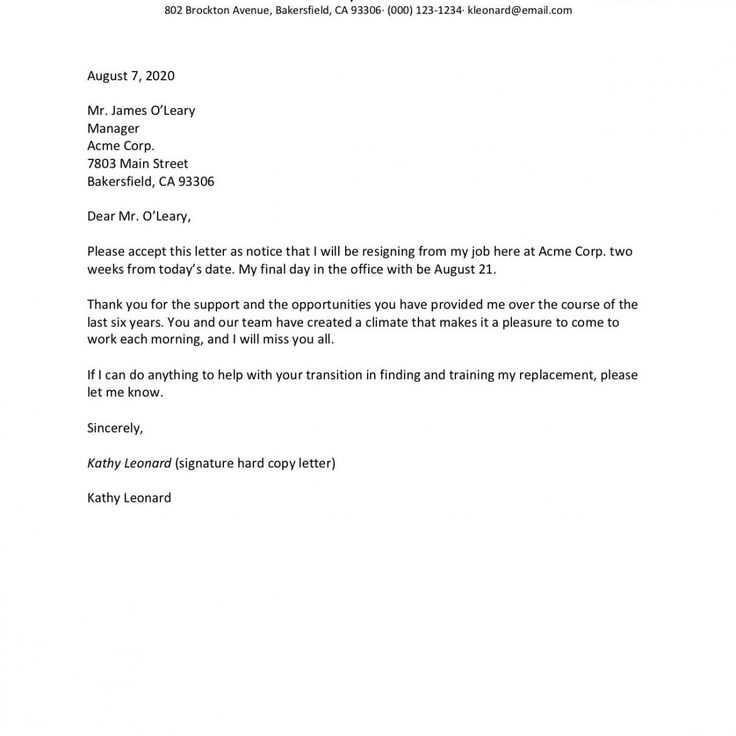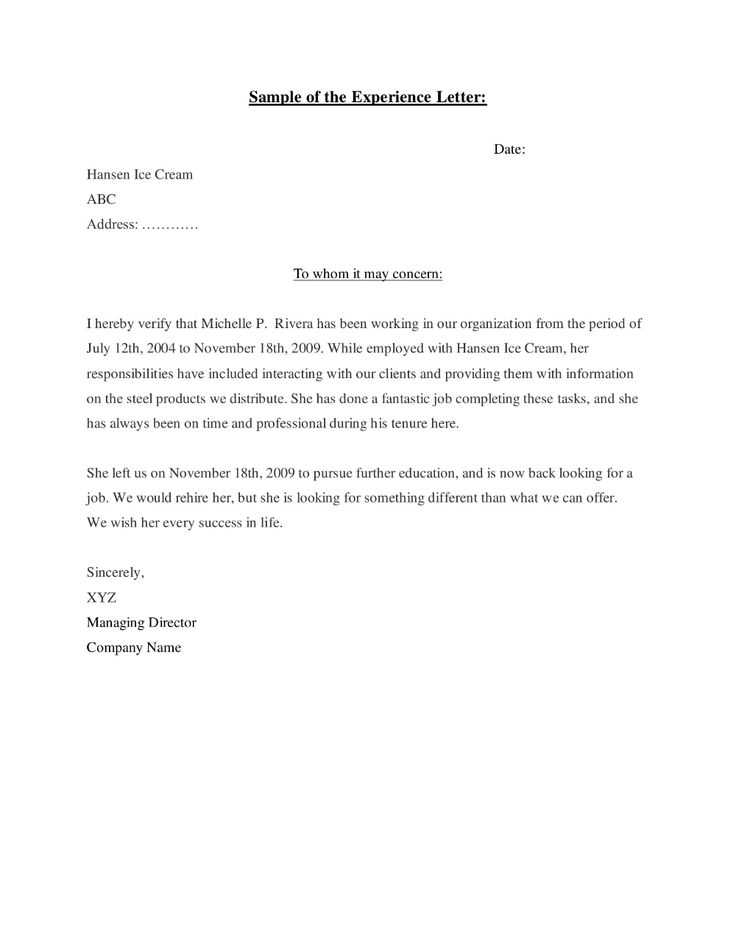No Call No Show Letter Template for Employers

Employee absences without prior notice can disrupt the workflow and cause operational challenges. When an individual fails to inform their employer about their absence, it can create confusion and affect team performance. Ensuring clear communication between employers and employees is crucial to maintaining productivity and accountability in the workplace.
Employers may need to address such situations in a formal manner to reinforce expectations and prevent future occurrences. Creating a structured response is essential for handling these situations professionally while maintaining a respectful work environment. Proper documentation not only clarifies the company’s stance on attendance but also helps in keeping track of ongoing employee behavior.
Effective communication through formal documentation helps both parties understand the severity of the issue and the steps needed to rectify it. With a well-crafted response, employers can encourage responsibility and prevent similar issues from arising in the future.
Why a No Call No Show Letter is Important
When an employee fails to inform their employer about an absence, it can create significant disruptions in daily operations. It is essential for businesses to address such situations in a formal manner to ensure that the consequences of unreported absences are clearly understood. Without a proper response, employees may not fully grasp the impact of their actions on the team and the organization.
A structured response is crucial for maintaining workplace discipline and setting clear expectations. It serves as a tool for communicating the seriousness of unexcused absences and acts as a reminder of company policies. By documenting the issue, employers can also protect themselves legally and keep a record of how they handle absenteeism cases, ensuring consistency in their approach.
Furthermore, this type of communication fosters accountability and transparency. It shows employees that their behavior is being monitored and addressed, which can lead to better compliance with attendance policies. A well-written document can also act as a preventive measure, reducing the likelihood of similar issues arising in the future.
Understanding the Impact of Absenteeism

Unnotified absences can severely affect workplace dynamics. When an employee is unexpectedly absent without prior notice, it not only disrupts daily tasks but also places additional pressure on the remaining team members. This can lead to decreased productivity, delays in important projects, and overall frustration within the workforce.
The effects of such behavior extend beyond immediate operational challenges. Over time, persistent absenteeism can lead to a toxic work environment, lower morale, and even increased turnover rates. It is essential for businesses to recognize the long-term consequences of unreported absences to effectively address the issue and maintain a smooth workflow.
Short-Term Consequences

In the short term, unreported absences can lead to immediate operational inefficiencies. Tasks may go unfinished, team members may have to work extra hours to compensate, and deadlines may be missed. This can create a domino effect, resulting in additional stress for everyone involved.
Long-Term Impact
When absenteeism becomes a recurring issue, the effects are felt on a broader scale. Employee engagement may decline, trust in management may weaken, and the company’s reputation could suffer. Addressing absenteeism early on is crucial to avoiding these lasting negative outcomes.
| Impact | Short-Term | Long-Term |
|---|---|---|
| Productivity | Decreased due to unfinished tasks | Ongoing inefficiency and project delays |
| Team Morale | Increased stress on other employees | Decline in overall engagement |
| Reputation | Temporary disruptions in workflow | Potential damage to company image |
Key Elements to Include in Your Template
When addressing unreported absences, it is important to include specific components in the response to ensure clarity and professionalism. These elements help convey the seriousness of the issue while also maintaining a respectful tone. A well-structured communication serves as both a reminder of company policies and a tool for preventing future occurrences.
The first essential component is a clear statement of the absence. It is important to mention the date and circumstances surrounding the incident to ensure the issue is documented accurately. Following this, a reference to the company’s attendance policy should be included, highlighting the consequences of such behavior. This reinforces the importance of following established procedures and sets clear expectations for the employee.
Another key element is a reminder of the potential impact of unreported absences on the team and the company. This serves to help the employee understand how their actions affect others and the organization as a whole. Lastly, it is essential to outline the next steps, whether it’s scheduling a meeting, issuing a warning, or providing an opportunity for the employee to explain their absence. This ensures a fair process and an opportunity for dialogue.
How to Address Different Employee Scenarios
Not all employee absences are the same, and handling them requires a tailored approach. When an individual fails to appear for work without informing their employer, it’s essential to consider the context and circumstances of the absence. Different scenarios may require varying levels of response to maintain fairness and uphold company policies.
In some cases, an employee may have an acceptable reason for missing work but fails to notify their employer in time. In these situations, it’s important to offer an opportunity for the employee to explain the situation, while still reinforcing the importance of communication. On the other hand, repeated instances of unreported absences may warrant more formal action, such as disciplinary measures or a clear warning about future expectations.
First-Time Offender
For an employee who has missed work without notice for the first time, a conversation to understand the reasons behind the absence can be effective. This is an opportunity to reinforce company policies and provide guidance on proper communication moving forward. The response should be firm yet understanding, allowing the employee a chance to correct their behavior.
Repeat Absences
In cases of recurring unreported absences, a more serious approach is necessary. A written reminder of the company’s attendance policy and the consequences of continued violations can help ensure the employee understands the gravity of the situation. This serves as both a warning and an opportunity for the employee to correct their behavior before further action is taken.
Legal Considerations When Writing the Letter
When addressing an employee’s unreported absence, it is crucial to consider the legal aspects involved in the process. Employers must ensure that the response is not only professional but also compliant with employment laws and regulations. It is important to craft a message that maintains fairness while safeguarding the company from potential legal repercussions.
The first step is to be clear about the company’s attendance policies and the consequences of unnotified absences. However, it is equally important to avoid discriminatory language or unfair treatment. The response should be based on documented facts and consistent with how other similar cases have been handled to ensure there is no bias.
Follow Company Policy
It’s essential to follow the company’s established attendance guidelines when drafting a response. Referencing the employee handbook or contract can help reinforce the organization’s official stance. This also ensures that the employer is acting within the agreed-upon terms of employment and reduces the risk of legal challenges.
Avoid Discriminatory Practices
Employers should be cautious not to inadvertently discriminate against employees based on race, gender, disability, or other protected characteristics. Ensuring that the response is neutral and solely focused on the issue at hand–unreported absences–helps maintain fairness and legal compliance. Additionally, offering an opportunity for the employee to explain their absence ensures a balanced approach.
Best Practices for Sending the Letter
When addressing an employee’s unreported absence, it’s important to follow best practices in the communication process. A professional and timely response is crucial to ensuring that the matter is handled effectively while maintaining the integrity of the workplace. The method and tone of communication play key roles in achieving the desired outcome.
Firstly, ensure that the message is sent promptly after the absence occurs. Delaying the communication can undermine the seriousness of the situation and may lead to further misunderstandings. A swift response shows that the company values timely attendance and that unreported absences are taken seriously.
In addition, choosing the right method of communication is vital. While email may be the most common and efficient option, some situations may require a more formal approach, such as a certified letter or a direct conversation. This ensures that the employee receives the message and that there is a clear record of communication.
Another important practice is to keep the tone respectful and professional. While it’s necessary to address the issue directly, the communication should avoid being confrontational or overly harsh. A balanced approach that focuses on the facts and the potential consequences will encourage a constructive dialogue.
How to Handle Repeated No Call No Show Cases
When an employee repeatedly fails to appear for work without prior notice, it’s crucial to handle the situation with a clear and structured approach. Addressing this behavior promptly and consistently helps to maintain workplace discipline and prevent future issues. It’s important to assess each situation carefully and apply company policies appropriately while considering the underlying reasons for the employee’s actions.
For repeated unreported absences, a more formal response is necessary. In these cases, a simple reminder may no longer be sufficient. Instead, employers should take proactive steps to ensure the issue is addressed and that the employee understands the consequences of continuing this behavior.
Step 1: Review Company Policies
Before taking further action, review the company’s attendance policy to ensure that the procedures are being followed correctly. This will help maintain consistency in handling similar situations and ensure that the employee is held accountable according to the rules established by the organization.
Step 2: Initiate a Formal Discussion
When dealing with repeated unreported absences, it’s important to have a formal discussion with the employee. During this meeting, address the issue directly, ensuring that the employee understands the impact of their actions on the team and the company. Be sure to document the conversation for future reference.
- Express concerns and the impact of their behavior
- Listen to the employee’s side of the story
- Clarify the expectations moving forward
Step 3: Implement Consequences if Necessary

If the behavior continues despite the conversation, employers may need to take further action. This could include formal warnings, a performance improvement plan, or even termination, depending on the severity of the situation and the company’s policies. It’s essential to follow through with any outlined consequences to ensure accountability.
Improving Employee Accountability with Clear Policies
Establishing clear and consistent policies is essential for fostering employee accountability within the workplace. When employees are fully aware of the expectations and consequences related to their attendance and behavior, they are more likely to adhere to the standards set by the organization. Clear guidelines help prevent misunderstandings and ensure that employees are held accountable for their actions.
To enhance accountability, it is crucial to not only define the rules but also communicate them effectively. Employees should have access to easily understandable policies that outline the expectations for their attendance, behavior, and performance. This clarity creates a fair and transparent environment where employees are responsible for their actions, knowing exactly what is expected of them.
Step 1: Draft Clear Attendance Policies
Attendance policies should be straightforward and detailed, addressing all aspects of timekeeping, absences, and expectations for notifying supervisors. It’s important to define what constitutes a legitimate absence and the process for notifying management if an employee is unable to attend work.
- Specify acceptable reasons for absences
- Outline the process for notifying management
- State the consequences of unreported absences
Step 2: Communicate Policies Effectively

Once the policies are drafted, ensure they are communicated to all employees. This can be achieved through employee handbooks, training sessions, or regular reminders in meetings. It’s essential that all staff understand their obligations and the importance of following the established rules.
- Distribute employee handbooks
- Hold training sessions on company expectations
- Provide regular updates and reminders
By implementing clear policies and communicating them effectively, companies can foster a culture of accountability where employees understand their responsibilities and the impact their actions have on the organization.